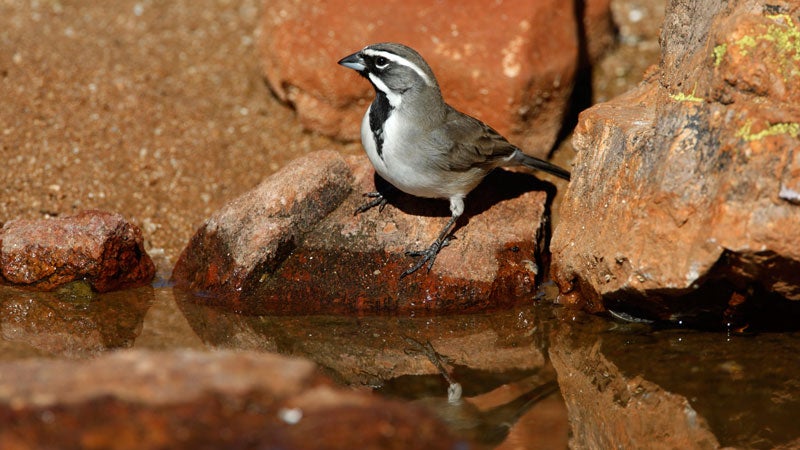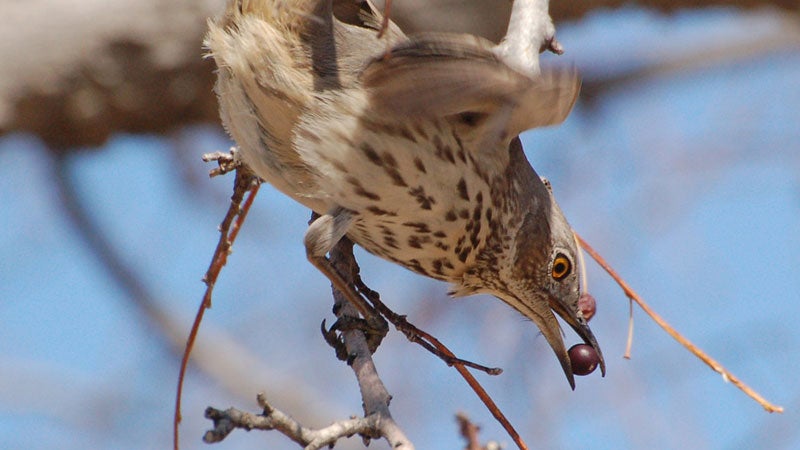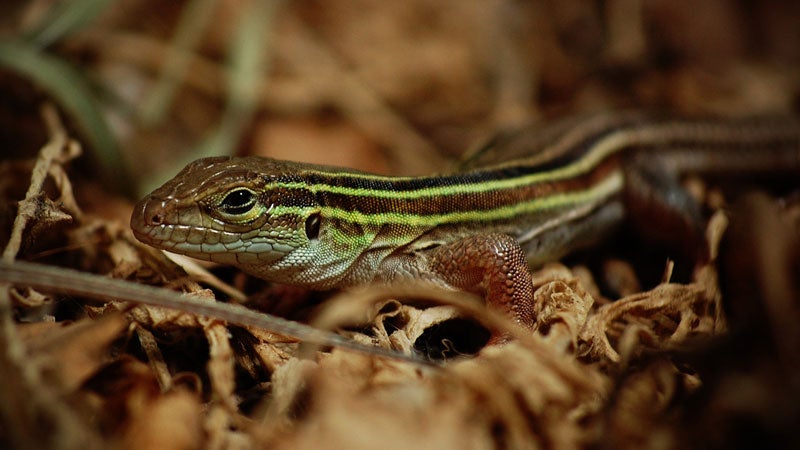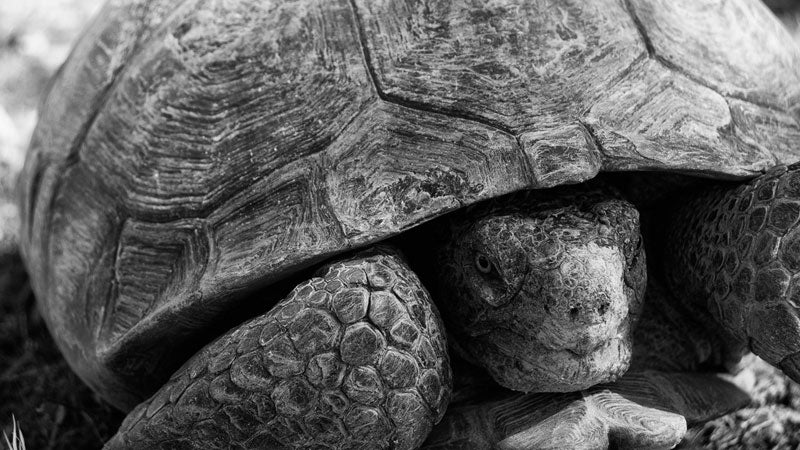U.S. Geological Survey that the climate change predicted for the American Southwest during the next 60 to 90 years might drastically alter the breeding range of native bird and reptile populations.
Northern Arizona University scientists modeled the projected change —with an almost 20 percent drop in precipitation said to hit the species from now until 2099.
Among those thriving as the Southwest starts cooking is the Sonoran desert tortoise. Reclassified to differentiate the ancient desert species from his Mojave Desert cousin, the tortoise . Human networks and invasive dog species—not climate change—threaten the tortoise, now classified by the International Union for the Conservation of Nature as vulnerable to extinction.

Thriving: Black-throated sparrows live where creosote bushes grow. They should see a breeding range increase of 34 to 47 percent. The gray vireo (another dry-heat bird) should see a 58 to 71 percent spike.
Here’s who’s thrashing:

Topping the list, the sage thrasher’s breeding range is projected to decrease by 78 percent.
Other notables: The pygmy nuthatch is projected to see a 75 to 81 percent decrease in range, 32 to 46 percent for the Arizona black rattlesnake, and 42 percent for the plateau striped whiptail lizard.



